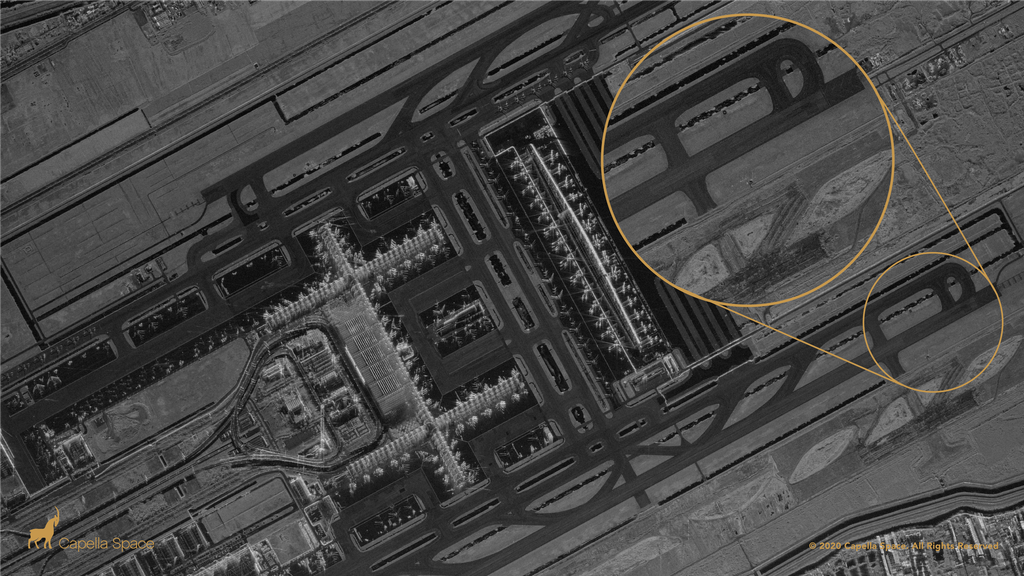
The Defense Advanced Research Projects Agency (DARPA) recently issued broad agency announcements for three initiatives aimed at improving synthetic aperture radar (SAR) technology in satellites. As SAR sensors rely on radar, they can produce images of the Earth at night and in all-weather conditions – unlike traditional electro-optical systems.
The three initiatives include:
- Fiddler – will seek to develop novel algorithms that can rapidly create synthetic imagery of targets for training Automatic Target Recognition (ATR) algorithms that operate on Synthetic Aperture Radar (SAR) imagery. DARPA is particularly interested in maritime applications for Fiddler, as there is a need for better methods to classify objects that are in motion.
“For stationary objects, such as many terrestrial objects-of-interest, large training sets can be acquired over time to cover as many of the possible imaging variations,” the DARPA notice states. “Maritime environments are much more challenging because most objects-of-interest and the background scene are always in motion.”
- Digital Radar Image Formation Technology (DRIFT) – a part of DARPA’s mosaic warfare vision. For DRIFT, the agency wants to use data from at least two SAR satellites flown in formation to develop novel processing algorithms that “enable revolutionary advances in science, devices or systems.”
- Massive Cross-Correlation (MAX) – The DARPA Microsystems Technology Office is seeking ways to improve digital signal processing for SAR systems using hybrid architectures. Methods will include developing correlators with high power efficiency, high dynamic range, and wide bandwidth to enable passive sensing, real-time SAR imaging and jam-resistant communications applications. The improvements are expected to demonstrate the ability to process larger amounts of data and improve power efficiency.
